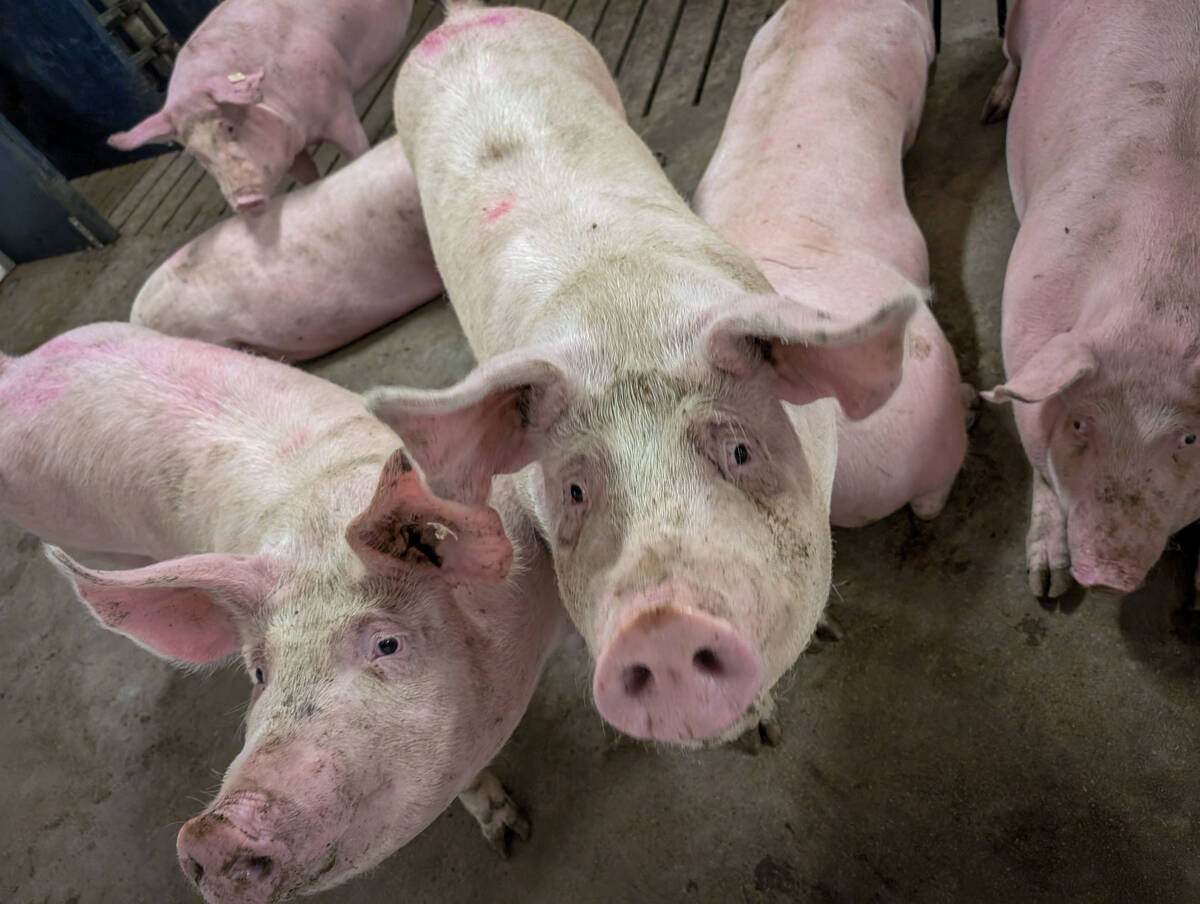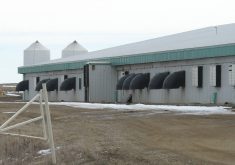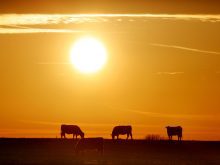We need practical solutions in the quest for more sustainable crop production systems. Many of the methods being promoted aren’t a good fit for Western Canada.
Cover crops are a prime example. This typically involves establishing another crop after harvest to keep roots growing in the soil until freeze-up.
If you’re a potato farmer in Prince Edward Island, you know the value of cover crops to limit soil loss. Without an established cover crop on the bare ground following potato harvest, you can lose a lot of soil through water erosion.
Read Also

Pork sector targets sustainability
Manitoba Pork has a new guiding document, entitled Building a Sustainable Future, outlining its sustainability goals for the years to come.
In most of Western Canada, cover crop benefits appear to be limited. In many years, there’s precious little time after harvest to get another crop established. Plus, in many areas, water is a limiting factor, and farmers don’t want a cover crop using up moisture that the subsequent crop will need.
Maybe they can get some nitrogen fixation from a cover crop and maybe soil micro-organisms are enhanced, but is there actually a soil health benefit? Is there an economic benefit?
Why not consider fall-seeded crops such as winter wheat and fall rye instead of crop species that will die with the first killing frost? Many climate change models predict less harsh winters, earlier springs and more summer heat. Fall-seeded crops would seem to provide some climate resilience.
Every year is different, but this year’s provincial yield estimates from Saskatchewan Agriculture show an advantage to winter wheat versus hard red spring wheat in many regions. In the southeast, winter wheat yielded an estimated 52.9 bushels per acre, compared to 46.9 for spring wheat. In the southwest, the comparison is 36.7 bu. versus 29, while the west-central comparison is 50 bu. for winter wheat and 43.9 for spring wheat.
Fall-seeded crops are a good option for weed control, meaning potentially less herbicide use. Fusarium head blight is less of a problem in winter wheat, meaning less fungicide use.
The benefits of fall-seeded crops have long been touted with the support of Ducks Unlimited. Perhaps fall-seeded crops need to be considered under the lens of sustainability and climate resilience. If fall-seeded pulse crop varieties became viable, that would be a marvelous option.
Including perennial forages in the crop rotation has long been recognized for their weed control benefits and the nitrogen fixation of legumes. In addition, deep roots bring nutrients to the surface. Unfortunately, perennial forages are not widely used by crop producers who don’t have their own cattle.
Alfalfa is great to have within a perennial forage mix, but it’s tough to kill when farmers want to put fields back into annual crops. Wouldn’t it be great to develop varieties of alfalfa that could be more easily terminated? I’m not aware of any research in this area.
Most would agree that the addition of pulses into the crop rotation has been a big step forward in sustainability. Root rot complex has become the biggest barrier to lentil and pea production. Lots of work is underway to address this issue, and that’s a great investment for sustainability.
While consumers, and therefore food companies, say they support sustainability, no standard definitions exist. When companies can’t delineate what they want and aren’t willing to pay for “sustainably produced” products, no market pull occurs. Farmers are flying blind.
Until the market decides what it really wants, the sustainability practices adopted by farmers will be those that make agronomic and economic sense.
Kevin Hursh is an agricultural journalist, consultant and farmer. He can be reached by e-mail at kevin@hursh.ca.


















